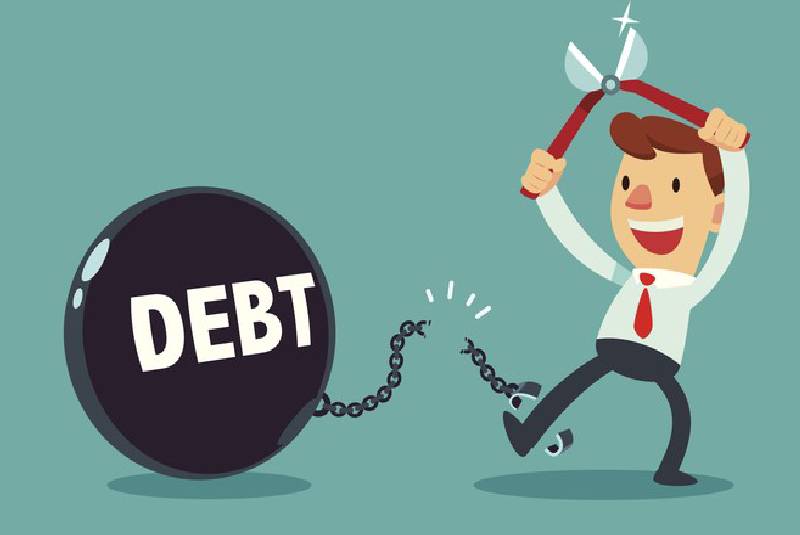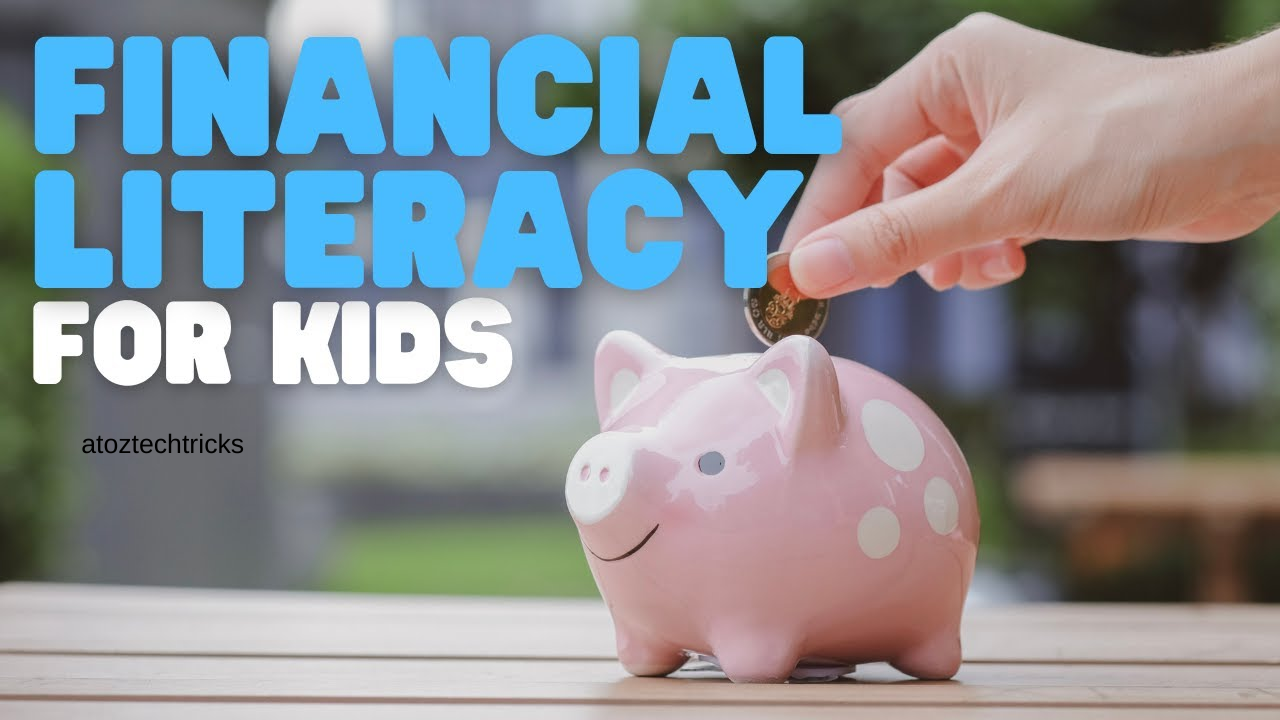Creating a Debt Repayment Plan: A Comprehensive Guide
Managing debt can be overwhelming, but with a well-structured debt repayment plan, you can regain control of your finances and work towards a debt-free future. In this guide, we’ll cover the essential steps to creating an effective debt repayment plan, including assessing your financial situation, choosing a repayment strategy, and maintaining motivation throughout the process.
1. Assess Your Financial Situation
1.1. List All Your Debts
Before you can create a debt repayment plan, you need to understand the full scope of your debt. Start by listing all your debts, including:
- Credit Card Balances: Note the outstanding balance, interest rate, and minimum monthly payment for each credit card.
- Student Loans: Include both federal and private loans with their balances, interest rates, and monthly payments.
- Personal Loans: List any personal loans or lines of credit you have.
- Auto Loans: Record the outstanding balance, interest rate, and monthly payment for any car loans.
- Mortgages: If applicable, include your mortgage balance, interest rate, and monthly payment.
- Medical Debt: Include any unpaid medical bills or outstanding balances.
1.2. Calculate Your Total Debt
Add up the balances of all your debts to get a clear picture of your total debt amount. This will help you understand the extent of your financial obligations and set realistic goals for repayment.
1.3. Review Your Income and Expenses
Next, evaluate your monthly income and expenses. Create a detailed budget by listing all sources of income and all monthly expenses, including:
- Income: Salaries, bonuses, rental income, investments, etc.
- Fixed Expenses: Rent/mortgage, utilities, insurance, car payments, etc.
- Variable Expenses: Groceries, transportation, entertainment, dining out, etc.
Subtract your total monthly expenses from your income to determine your disposable income, which is the amount available for debt repayment.

2. Set Clear Financial Goals
2.1. Define Your Objectives
Establish clear, achievable goals for your debt repayment. These might include:
- Short-Term Goals: Pay off a specific credit card or loan within a set timeframe.
- Medium-Term Goals: Reduce total debt by a certain percentage within a year.
- Long-Term Goals: Become debt-free within a specific number of years.
Setting clear goals helps you stay motivated and focused on your debt repayment journey.
2.2. Prioritize Your Debts
Not all debts are created equal. Prioritize your debts based on their interest rates and balances. There are two popular methods for prioritizing debt repayment:
- Debt Avalanche Method: Focus on paying off the debt with the highest interest rate first while making minimum payments on other debts. Once the highest-interest debt is paid off, move on to the next highest-interest-rate debt.
- Debt Snowball Method: Focus on paying off the smallest debt balance first while making minimum payments on other debts. Once the smallest debt is paid off, move on to the next smallest debt.
Choose the method that best fits your financial situation and personal preferences.
Prioritizing Debt Repayment: A Comprehensive Guide to Financial Freedom
3. Create a Budget
3.1. Develop a Monthly Budget
A well-crafted budget is essential for managing your finances and ensuring you have enough to allocate toward debt repayment. Follow these steps:
- List Your Income: Include all sources of income.
- List Your Expenses: Include both fixed and variable expenses.
- Determine Your Disposable Income: Subtract your total expenses from your income.
- Allocate Funds for Debt Repayment: Set aside a portion of your disposable income for debt repayment.
3.2. Adjust Your Spending
Identify areas where you can reduce spending to free up more money for debt repayment. This might involve:
- Cutting Non-Essential Expenses: Limit spending on dining out, entertainment, and other non-essential items.
- Finding Cheaper Alternatives: Opt for more affordable options for groceries, transportation, and other necessary expenses.
- Avoiding New Debt: Avoid using credit cards or taking on new loans while repaying existing debt.
4. Implement Your Debt Repayment Plan
4.1. Choose a Repayment Strategy
Select a debt repayment strategy that aligns with your goals and financial situation. Some common strategies include:
- Debt Consolidation: Combine multiple debts into a single loan with a lower interest rate. This simplifies payments and can reduce overall interest costs.
- Debt Settlement: Negotiate with creditors to settle your debt for less than the full amount owed. This can be a viable option if you’re struggling to make minimum payments, but it may negatively impact your credit score.
- Credit Counseling: Work with a credit counsellor to develop a personalized debt repayment plan and negotiate with creditors on your behalf.
4.2. Automate Payments
Set up automatic payments for your debt obligations to ensure you never miss a payment. Automating payments helps you stay on track and avoid late fees or penalties.
4.3. Monitor Your Progress
Regularly review your debt repayment plan and track your progress. Adjust your budget and repayment strategy as needed to stay on course. Celebrate milestones and achievements to stay motivated.

5. Stay Motivated and Overcome Challenges
5.1. Track Your Achievements
Keep a record of your progress and celebrate small victories along the way. Tracking your achievements helps maintain motivation and provides a sense of accomplishment.
5.2. Seek Support
Consider joining a support group or seeking advice from friends, family, or a financial advisor. Sharing your goals and challenges with others can provide encouragement and accountability.
5.3. Manage Stress
Managing debt can be stressful, so it’s important to take care of your mental and emotional well-being. Practice stress-relief techniques such as exercise, meditation, or hobbies to help manage anxiety and maintain a positive outlook.
5.4. Reevaluate Your Plan
Periodically reassess your debt repayment plan and make adjustments as needed. Changes in income, expenses, or financial goals may require updates to your strategy.
6. Consider Long-Term Financial Health
6.1. Build an Emergency Fund
As you work on repaying your debt, start building an emergency fund to cover unexpected expenses. Aim to save at least three to six months’ worth of living expenses to provide financial security and prevent new debt.
6.2. Save for Retirement
Once you’ve made significant progress in repaying debt, begin focusing on saving for retirement. Contribute to retirement accounts such as a 401(k) or IRA to secure your financial future.
6.3. Improve Your Credit Score
As you pay down debt, monitor and work on improving your credit score. A higher credit score can lead to better interest rates on loans and credit cards in the future. Make timely payments, reduce credit card balances, and avoid taking on new debt.

7. Additional Resources
7.1. Debt Repayment Calculators
Use online debt repayment calculators to estimate the time it will take to pay off your debt and the total interest costs. These tools can help you make informed decisions and adjust your repayment plan as needed.
7.2. Financial Counseling Services
Consider seeking assistance from financial counselling services if you need personalized advice and support. Non-profit credit counselling agencies can help you develop a debt management plan and provide guidance on budgeting and financial planning.
7.3. Educational Materials
Educate yourself about personal finance and debt management through books, online courses, and financial blogs. Gaining knowledge about money management can help you make better financial decisions and stay on track with your debt repayment goals.
Creating a debt repayment plan is a crucial step towards financial freedom. By assessing your financial situation, setting clear goals, and implementing a structured plan, you can take control of your debt and work towards a debt-free future. Remember to stay motivated, seek support when needed, and continuously evaluate your progress to achieve long-term financial success.




Post Comment